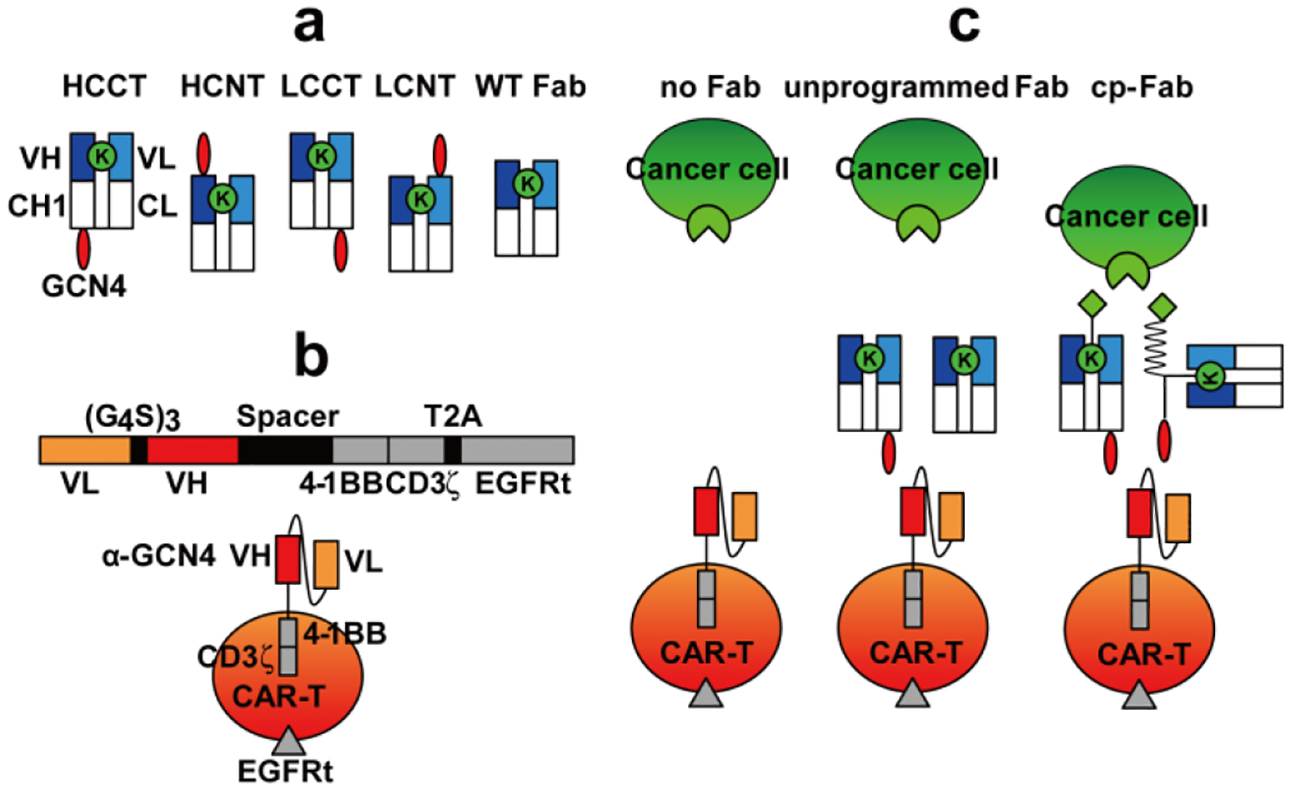Figure 1. Design and concept of cp-Fab/CAR-T system.

(a) Schematic illustration of the four tagged h38C2 Fabs with the reactive Lys (green) and the C- or N-terminally appended GCN4 peptide (NYHLENEVARLKKL; red). The linker sequence between the peptide and Fab is G4S (HCCT, LCCT, and LCNT) or LVGEAAAKEAAAKA (HCNT). WT h38C2 Fab without tag is shown on the right. (b) Schematic illustration of the CAR-T with scFv 52SR4 as anti-GCN4 peptide recognition domain fused to 4–1BB and CD3ζ cytoplasmic signalling domains. (c) The CAR-Ts only serve as functional effector cells in the presence of cp-Fab (right) but not unprogrammed Fab (middle) or no Fab (left), effectively rendering control of the CAR-T to a small molecule (light green) that targets a cancer cell surface receptor (light green). Chemical programming of WT h38C2 Fab includes the GCN4 peptide (red) synthetically fused to the small molecule (light green) via a modular PEG spacer (zigzag line).
